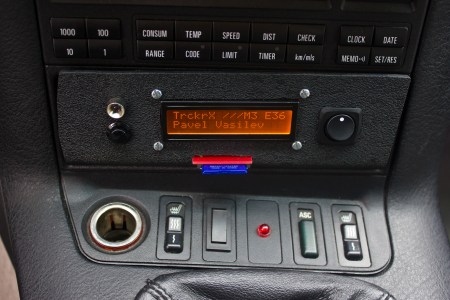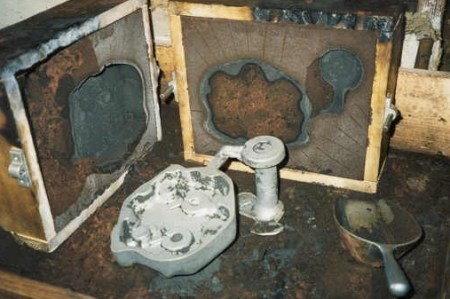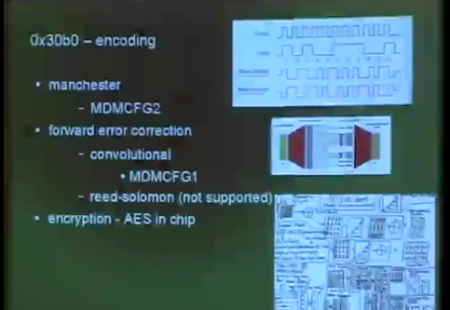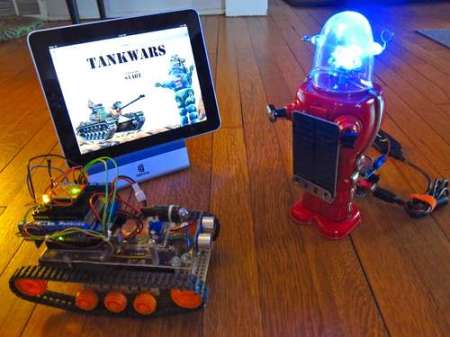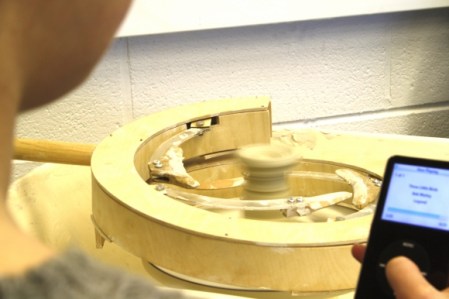
It should really go without saying that Hackday LOVES hackerspaces. We want to support hackerspaces to the best of our ability. There have been many ideas tossed around, like a hackerspace directory, or hackerspace calendar of events, project lists, tool exchange programs, etc. For the short term, we can’t implement either of those in a smooth enough fashion that we think it would beneficial. There are several Hackerspace directories out there, with hackerspaces.org seeming to be the most up-to-date. We even have an “events” area in our forums, though we feel there could be a much better format or delivery device than a forum for that kind of information.
So what can Hackaday do to start helping? Well, the first small step could be to share more information about hackerspaces. We would like to do video tours of your hackerspace. Unfortunately, we don’t have a budget to travel around with a film crew and visit you all. I really wish we did, since I would probably be the one doing the traveling. So what we can offer for now is that you film a tour, showing off some cool projects going on in your hackerspace, and we’ll share the video. Contact me directly at Caleb@hackaday.com to work out the details. Your hackerspace doesn’t have to be a huge one in a big city. We want to help everyone here. If you have a few people gathered and a couple cool projects, we don’t care if you meet in someone’s basement. We want to see what the hacker community is doing!
Toward the end of May I will be spending a few days in Huntsville Al, then a few days in Hilton Head Island SC. I’d love to visit a hackerspace or two while I’m there to do a quick video tour. Again, contact me directly if you’re in those areas.
